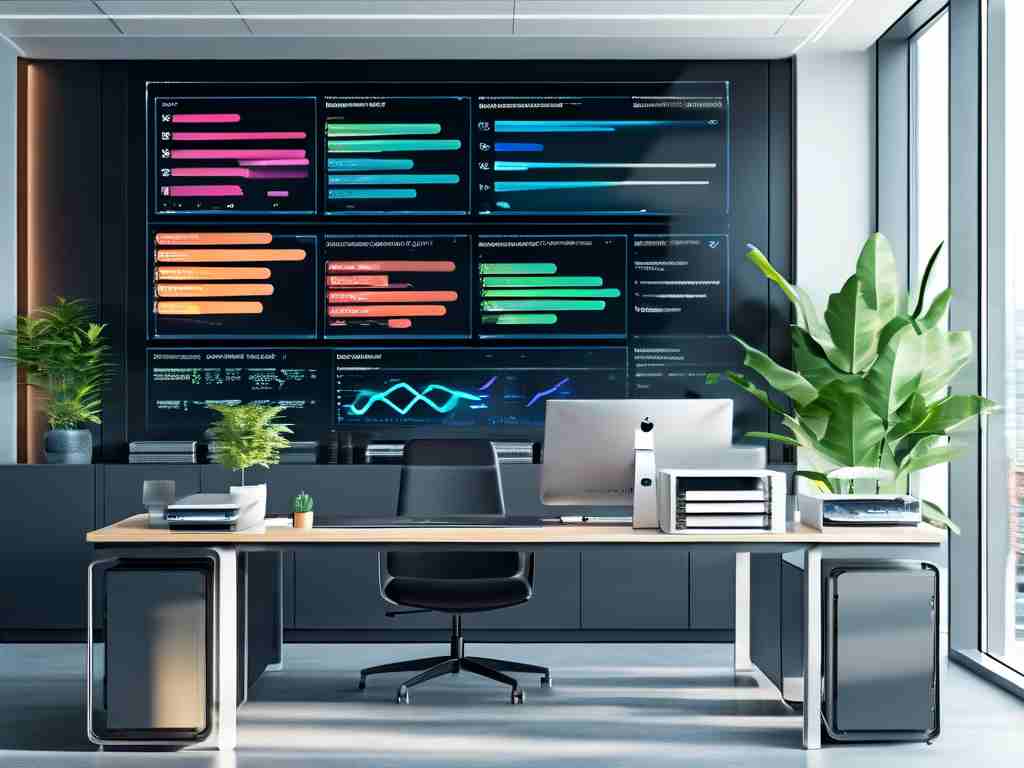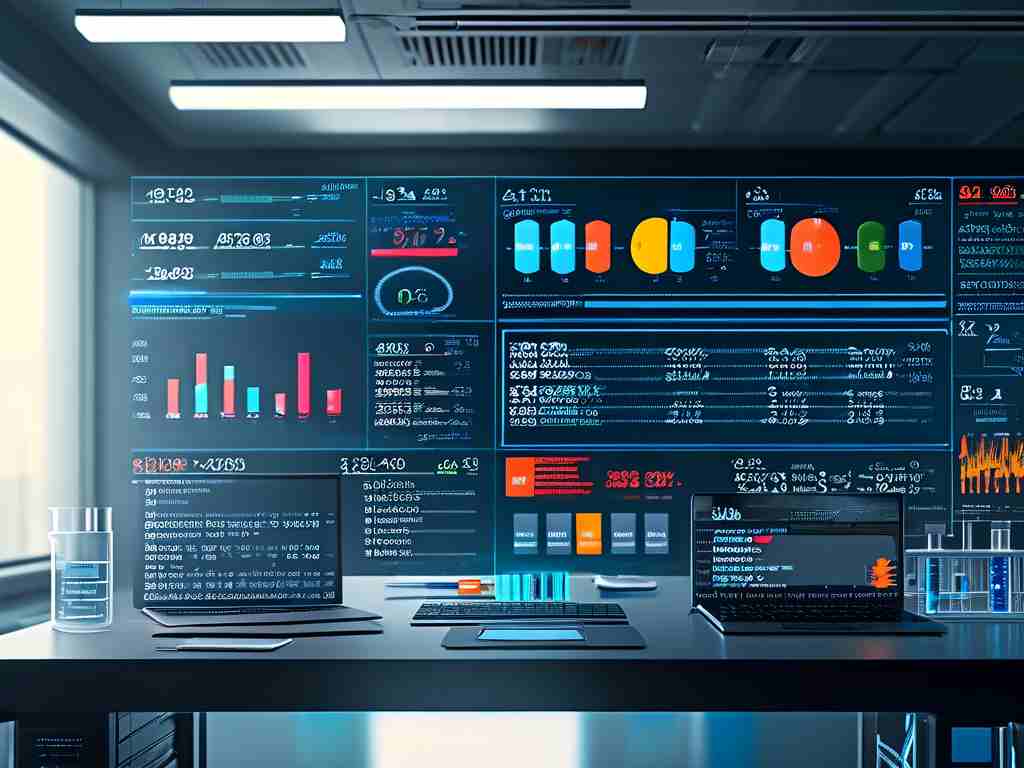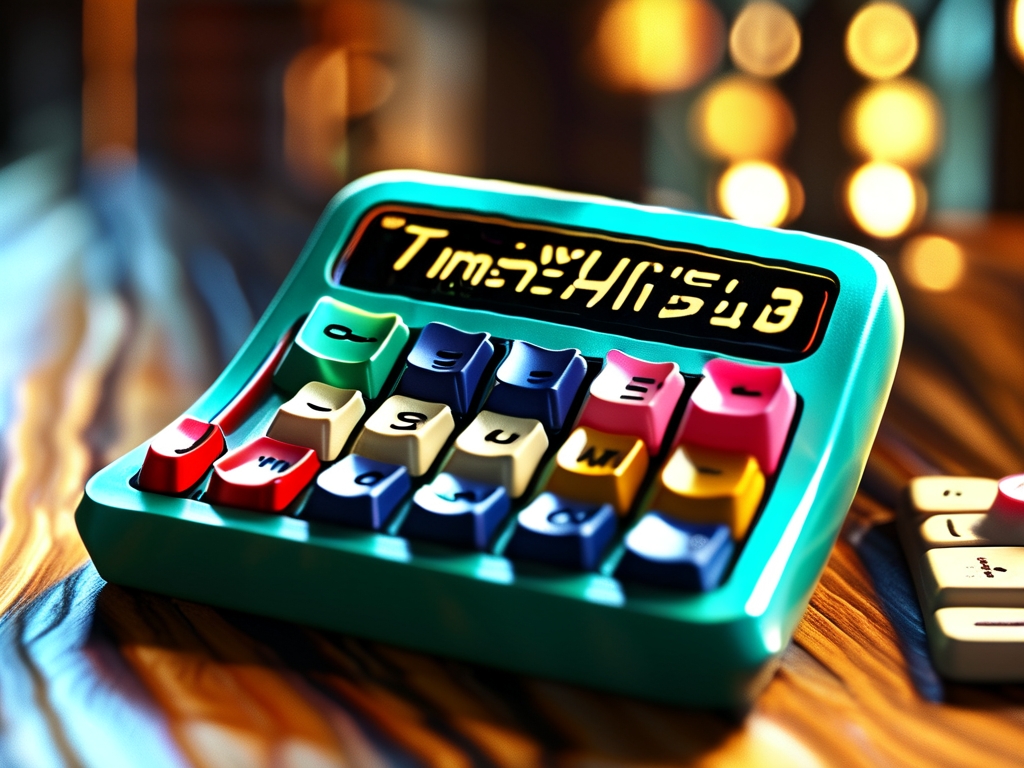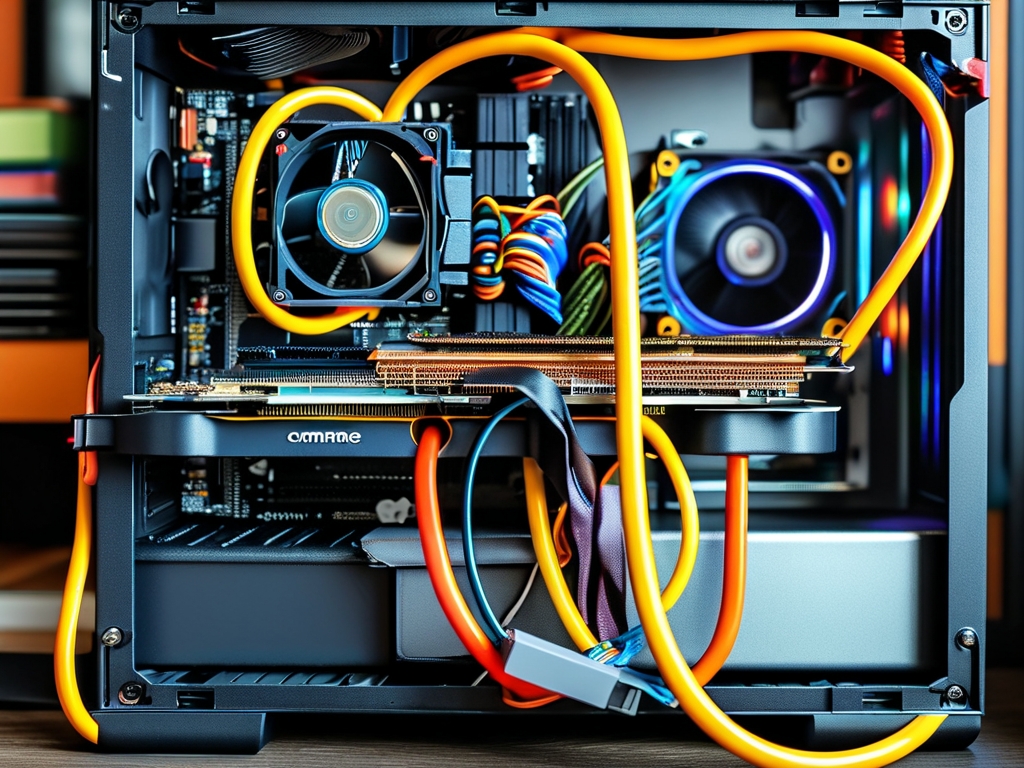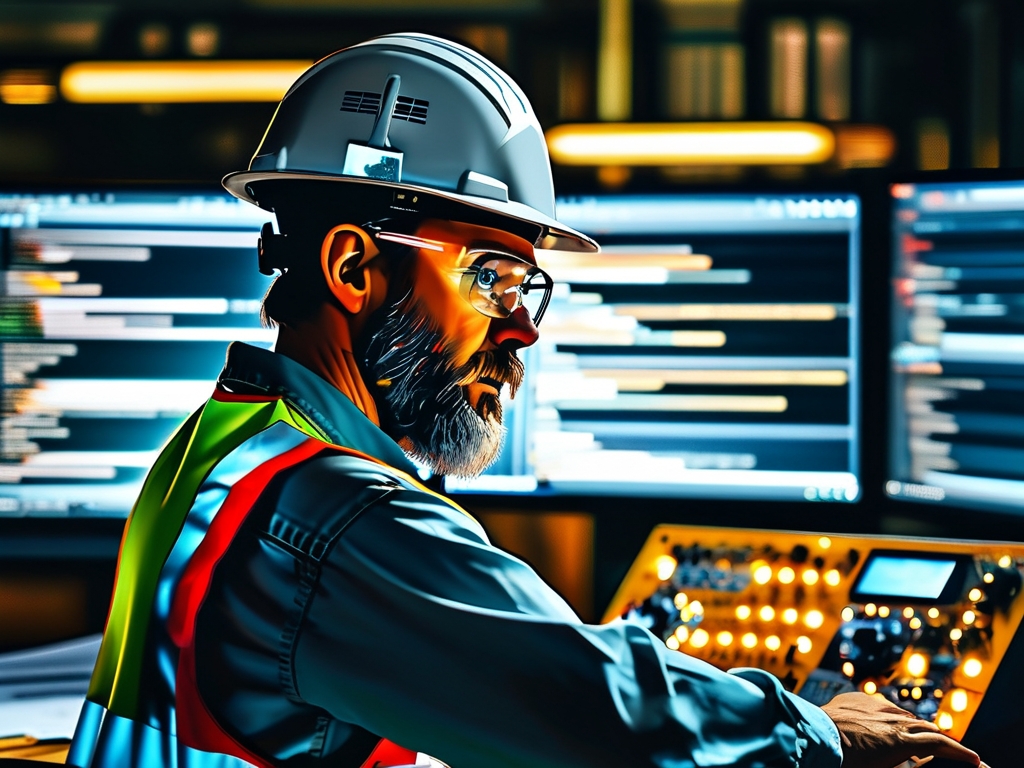Industrial robotics technology has emerged as a cornerstone of modern manufacturing, revolutionizing how products are designed, produced, and delivered. Over the past few decades, advancements in robotics have transformed factories from labor-intensive environments into highly automated, precision-driven hubs. This article explores the evolution of industrial robotics, its current applications, and the profound societal and economic impacts it continues to generate.
The Birth and Evolution of Industrial Robotics
The origins of industrial robotics trace back to the mid-20th century, with the of Unimate, the first programmable robotic arm, in 1961. Designed by George Devol and Joseph Engelberger, Unimate was deployed at a General Motors plant to handle hot metal parts—a task deemed dangerous for human workers. This marked the beginning of automation in manufacturing. Early robots were rudimentary, limited to repetitive tasks like welding or lifting. However, the integration of computers in the 1970s and 1980s enabled robots to perform more complex operations, such as assembly and quality control.
The 21st century brought exponential growth in robotics capabilities, driven by breakthroughs in artificial intelligence (AI), machine learning, and sensor technology. Modern industrial robots are equipped with vision systems, force sensors, and adaptive algorithms, allowing them to collaborate with humans, learn from their environments, and execute tasks with micron-level precision. Companies like ABB, Fanuc, and KUKA now produce robots capable of everything from painting cars to assembling microchips.

Key Applications of Industrial Robotics
Today, industrial robots are ubiquitous across sectors:
- Automotive Manufacturing: Robots dominate assembly lines, handling tasks like welding, painting, and part installation. Tesla’s Gigafactories, for instance, rely on thousands of robots to achieve mass production of electric vehicles.
- Electronics: Precision robots assemble smartphones, circuit boards, and semiconductors. Companies like Foxconn use robotic arms to place microscopic components with unmatched accuracy.
- Pharmaceuticals and Healthcare: Sterile environments benefit from robots that handle drug formulation, packaging, and even surgical assistance. The COVID-19 pandemic accelerated the use of robots for vaccine production and lab testing.
- Logistics and Warehousing: Amazon’s fulfillment centers deploy robots to sort, transport, and retrieve items, reducing delivery times and operational costs.
Economic and Social Implications
The rise of industrial robotics has reshaped global economies. On one hand, automation boosts productivity, reduces human error, and lowers production costs. A 2023 report by McKinsey estimated that robotics could contribute $1.2 trillion to global GDP by 2030. Industries adopting robotics also see improved workplace safety, as robots assume hazardous roles like handling toxic materials or operating heavy machinery.
However, the displacement of human labor remains a contentious issue. While robots create high-skilled jobs in programming and maintenance, they simultaneously render low-skilled roles obsolete. Governments and corporations face pressure to invest in reskilling programs. For example, Germany’s “Industry 4.0” initiative emphasizes workforce training alongside technological adoption.
Ethical and Environmental Considerations
Industrial robotics also raises ethical questions. The concentration of advanced manufacturing capabilities in tech-savvy nations risks widening global economic disparities. Additionally, the environmental footprint of robotics—such as energy consumption and e-waste—requires sustainable solutions. Companies are increasingly developing energy-efficient robots and recycling programs to mitigate these impacts.
The Future of Industrial Robotics
The next frontier lies in collaborative robots (cobots), designed to work alongside humans without safety barriers. Equipped with AI, cobots can adapt to dynamic environments, making them ideal for small-scale manufacturers. Meanwhile, advancements in 5G and edge computing promise real-time data exchange between robots, enabling smarter, interconnected factories.
Another emerging trend is the fusion of robotics with additive manufacturing (3D printing). This synergy allows for on-demand production of customized parts, reducing waste and supply chain dependencies. In the aerospace sector, companies like SpaceX already use robotic 3D printers to fabricate rocket components.
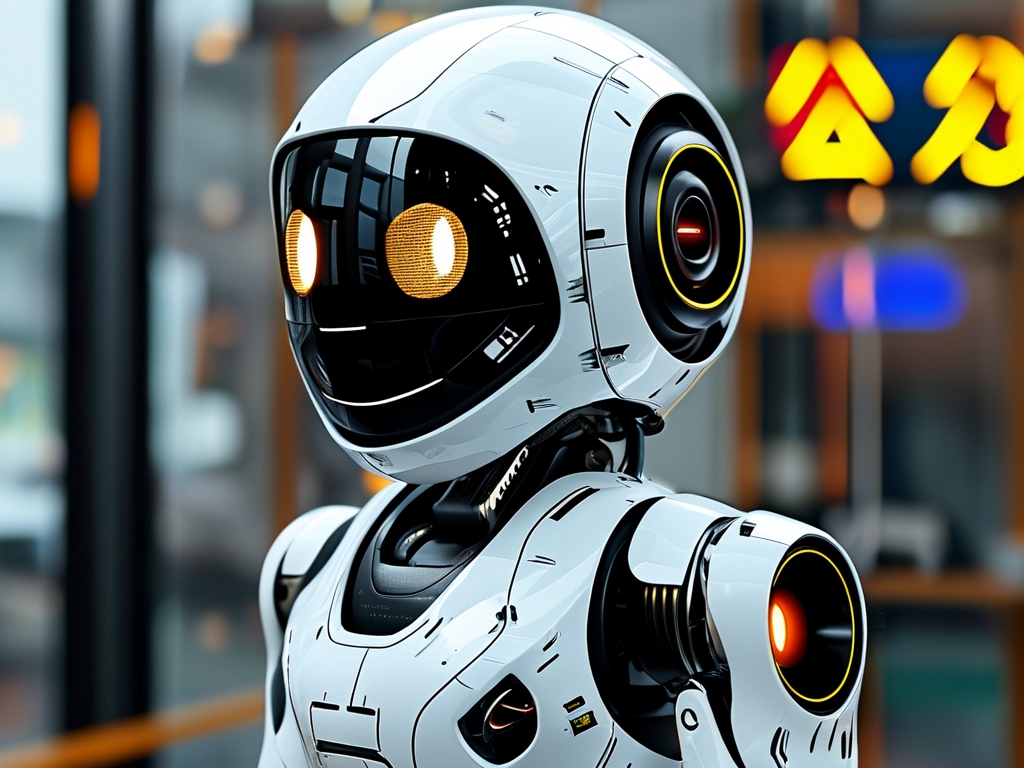
Industrial robotics technology is not merely a tool but a transformative force reshaping humanity’s relationship with production. While challenges like job displacement and sustainability persist, the potential for innovation remains boundless. As industries embrace smarter, more adaptable robots, the vision of fully autonomous, eco-conscious factories inches closer to reality. The future of manufacturing lies in harmonizing human ingenuity with robotic precision—a partnership that promises to redefine progress itself.


